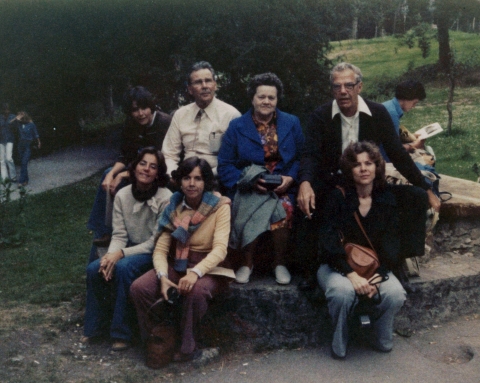
My 7th entry in Amy Johnson Crow’s “52 Ancestors in 52 Weeks” family history blogging challenge for 2015.
The challenge: have one blog post each week devoted to a specific ancestor. It could be a story, a biography, a photograph, an outline of a research problem — anything that focuses on one ancestor.
Amy’s 2015 version of this challenge focuses on a different theme each week.
The theme for Week 7 is – Love: Which ancestor do you love to research? Which ancestor do you feel especially close to? Which ancestor seemed to have a lot of love?
My 7th ancestors are Joseph Laverne “Verne” Buckley (1909-1986) and Edna G. (Murphy) Buckley (1911-2008). Verne and Edna were my foster grand uncle and grand aunt, Uncle Verne being the oldest foster sibling of my grandfather Michael “Mike” John Flanagan (1927-1997). Aunt Edna was Verne’s wife.
Michael was my maternal grandfather. To me, he was and always will be simply Grandpa. The only Grandpa I really ever knew. A Grandpa who doted on his grandchildren and great grandchildren. For whom, granddaughters in particular could do no wrong. He has been gone almost 20 years, and yet I still think about him daily. Every child needs this kind of Grandpa.
He is the reason I became a genealogist.
Orphaned As a Baby
I have written quite a number of posts about Grandpa, as I desperately try to piece together the story of his childhood and of his parents.
Mike was first orphaned when his dad died of tuberculosis in 1928, while Mike was just an infant (1-1/2 years old, 2 days before his second Christmas). He was orphaned again at just 3 years old, when his mother too succumbed to tuberculosis in 1930.
Grandpa was the youngest of five minor-age boys who were all sent to a Buffalo, New York orphanage after their father died, since their mom was already too sick to care for them. After their mom died, the boys were split up, never again to all reunite. An older barely-adult-age half sister (full sister to the oldest boys) tried to get custody of all five brothers. Her ancestors have told me the court would not give such a young woman custody of all the boys, particularly the boys who were not her full siblings. Her ancestors also tell me that this sister carried that guilt and grief her entire life.
Hard Foster Family Life
Grandpa and his next oldest brother Patrick (2 years older), as well as possibly the middle brother Harry (7 years older than Grandpa) — the records and passed-down family memories are very unclear on this — were fostered out to Thomas Buckley while Grandpa was still in his toddler years. Thomas “Pa” Buckley and his wife Mary “Ma” owned and lived on a farm in nearby Collins, Erie County, New York, and already had many children of their own. Grandpa would tell his own children that the Buckleys did not originally want him, because he was too young to work the farm. But the older brothers insisted. So Mike too entered the custody of Ma and Pa Buckley.
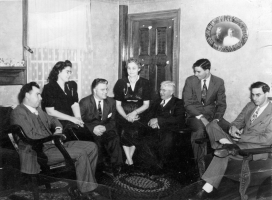
According to Grandpa, life with the Buckleys was not easy or particularly enjoyable for the Flanagan brothers. Grandpa would tell his children and grandchildren that he never felt Ma and Pa Buckley loved any of them, that most of the Buckley boys were mean to them, and that this meanness turned abusive. The older Flanagan brothers ran away. Grandpa was too young to take with them, so he was separated from the last of his brothers.
I know that many of the Buckley grandchildren and great grandchildren are living, so I apologize if any of them read this and feel hurt or anger about this telling of the foster family’s story. I also know there are two sides to every story. But I am telling Grandpa’s story, and he never wavered from this perception of his life with Thomas and Mary Buckley.
Foster parents Thomas and Mary Buckley never attempted to adopt my grandpa, and (according to Grandpa) made it very clear that he was not one of their children. Grandpa used to tell my mom that Thomas Buckley finally offered to adopt him when he was 17 years old and wanted to join the Navy. But that Grandpa figured there was no point to it that late in life. I have a Letter of Guardianship from the Surrogate Court of Erie County, New York, dated May 31, 1944 that grants legal guardianship of my 17 year old grandfather to his longtime foster father Thomas Buckley. I am not sure why the legal foster care arrangement did not already award legal guardianship, but apparently Grandpa needed a legal guardian, and that guardian’s approval, in order to join the Navy as a minor (see: 17 Years Old Orphaned Michael John Flanagan Enlists 9 Days After D-Day).
Covering Up the Pain
Throughout my childhood, Grandpa would share humorous stories over and over about the Buckley boys that would always make us laugh. He often shared these same stories with his children. I used to run to Mom telling her what a fun funny childhood Grandpa must have had. When I was old enough to understand, Mom explained to me that Grandpa’s childhood was NOT fun or funny. That these stories which made us laugh so hard were his way of dealing with the hurt and pain he still carried from those foster years. She told me the truth about what he experienced.
I was floored the fist time I learned this. Grandpa was so full of love and joy, and such a big emotional softie who could not bear to disappoint his grandchildren by ever saying “no” to anything. Aside from the times he experienced severe physical pain from a bad back and heart attacks, I always remember Grandpa smiling and laughing. He was one of those people that everyone wanted to be around. He lived for practical jokes and making people laugh. Nothing made him happier than to have his grandkids all piled on his lap.
How could that be, from someone who suffered so much tragedy, hurt, and abuse?
Because of Uncle Verne and Aunt Edna Buckley.
Surrogate Parents & Family
I mentioned at the beginning of this post that Verne Buckley was the oldest child of Thomas and Mary Buckley, and that Verne was married to Edna (Murphy) Buckley. Verne was 18 years older than his baby foster brother, my grandfather, and his wife Edna was 16 years older — old enough to be more like parents to Grandpa. Verne and Edna lived in their own separate little home on the Buckley family farm. Since they didn’t yet have children of their own, and Grandpa was too young to be of any real help on the farm, Grandpa spent a lot of time in their home. They took him in and treated him like their own son. What love and affection my grandfather received growing up at all was from Uncle Verne and Aunt Edna, and their four girls. Once they started having children of their own — all daughters — the girls in turn doted upon Grandpa.
When Michael married my grandmother Elsie Charlotte Hayes in 1946, he listed Edna (Murphy) Buckley as his mother on the marriage record. He had no other mother. Edna was it.
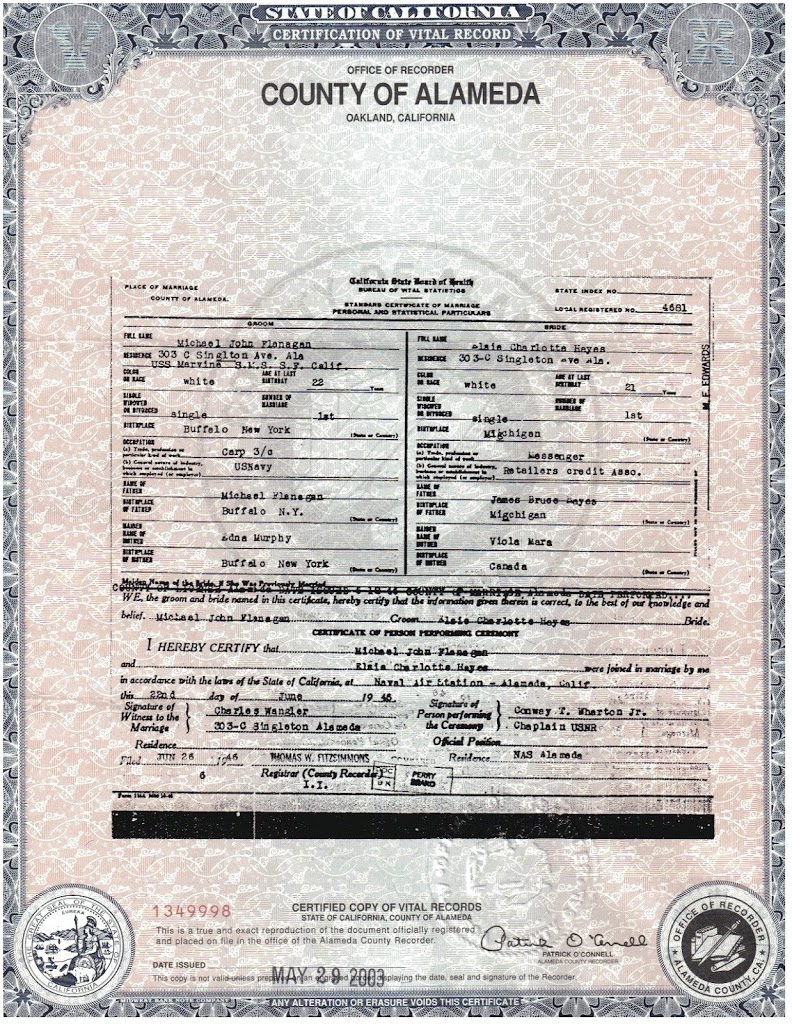
I always heard my grandparents, mom, and aunts and uncle refer to Verne and Edna Buckley as UNCLE Verne and AUNT Edna. It wasn’t until I was older that I would learn they did not have a biological or even a legal relationship to my grandfather. But “family” cannot be defined by biology or by legal status. Verne, Edna, and their girls were Grandpa’s entire sense of family, they were his ONLY sense of family.
I met Uncle Verne, Aunt Edna, and some of their girls as a child. It was a BIG BIG deal when they would come out to California and visit. Grandpa would just exude light and love when he talked about Uncle Verne and Aunt Edna. So did Grandma… she knew what her husband had experienced as a child. One of the girls and I corresponded often after Grandpa died, when I first started on my genealogy, and she always talked about how much they all loved and missed “Uncle Mike”. Aunt Edna and I corresponded by mail late in her life after Grandpa died, before Alzheimer’s and old age stole her from us at 97 years of age. She would share touching stories about Grandpa. I felt such a profound sense of loss when the last persona alive who knew my grandfather as a child died. I regret not flying out to New York to talk to her in person.
My mom’s brother still keeps in touch with some of the Buckley girls. There is so much love between our extended families. To Mom and her siblings, these are their cousins…. their father’s family.
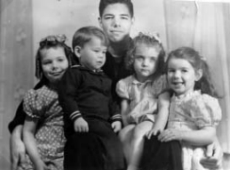
I posted a while back about the hurt my Grandpa experienced growing up in his Buckley foster home, and my Mom’s brother was quick to comment on my blog that this was not the case when it came to Verne and Edna Buckley, and their girls. So I felt compelled to call attention to these wonderful loving people, and what they have meant to my grandfather and to our own family.
God bless Verne, Edna, and their daughters. For they took in a scared toddler who lost everything and everyone, and they showered him with love. They taught him love. They sustained him through very difficult years. They provided him with a sense of family. Michael John Flanagan SHOULD have grown up hard-hearted. He should NOT have known how to be a loving husband, a loving father, a loving grandfather, and a loving great grandfather. Family was EVERYTHING to Grandpa. A man who should not have understood the warmth, joy, and comfort of family.
Except for Verne and Edna Buckley.
Legacy of Love
As I have grown older, I have increasingly grown more amazed at how my grandfather was able to become such a family-focused, big-hearted, emotional softie, laughter-filled man. When he couldn’t possibly have had a single memory of his parents, of them holding him, kissing him, or loving him. When he was torn away from his sister and brothers. When he suffered so much hurt and abuse as child. When he grew up knowing that his guardians never loved him enough to want to make him a permanent legal part of their family.
Grandpa was able to overcome this.
Because of Verne and Edna Buckley.
They loved him, they wanted him, they cherished him and his own growing family.
They taught him love.
[contentblock id=16 img=html.png]
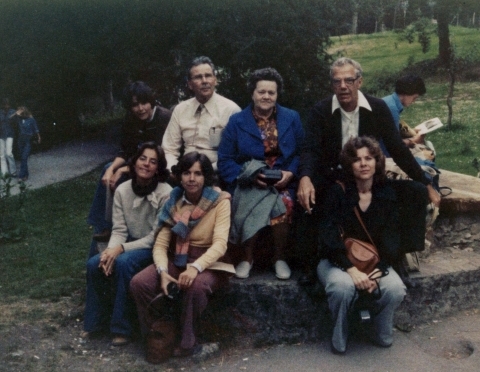
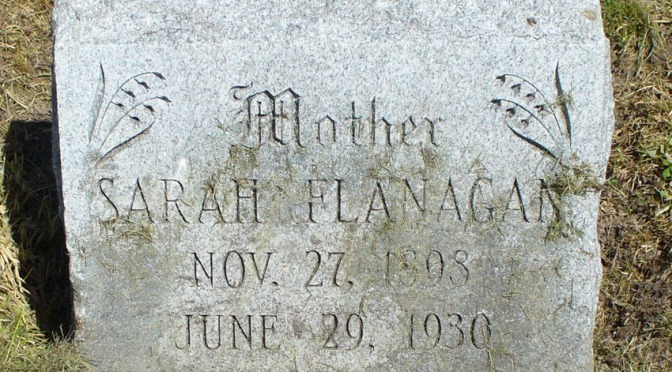
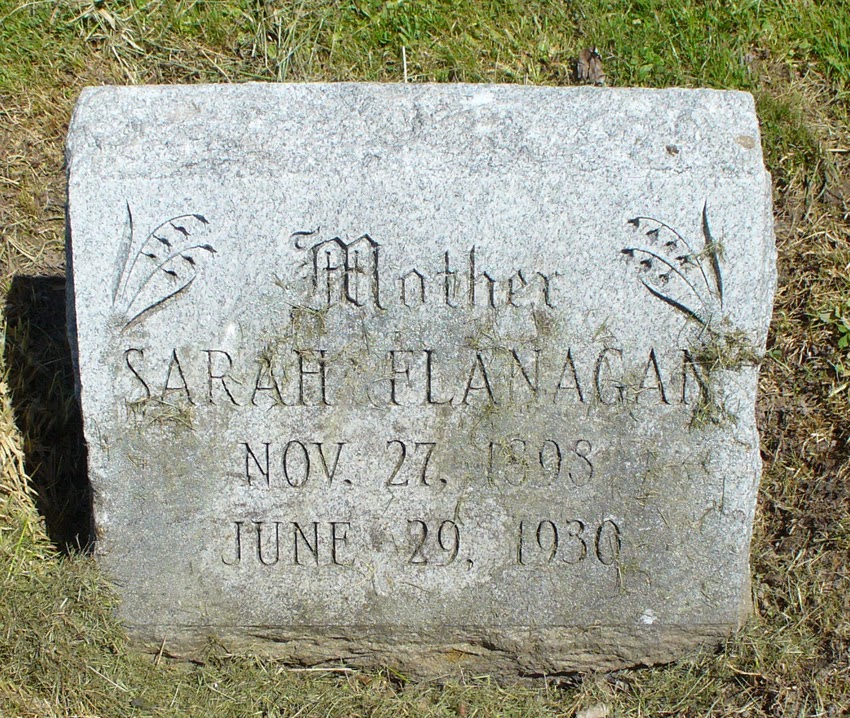
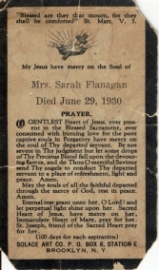
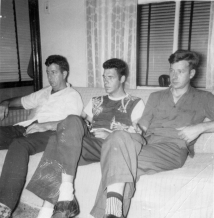

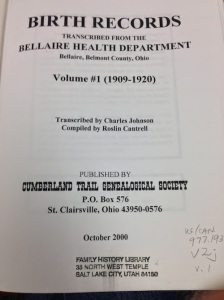
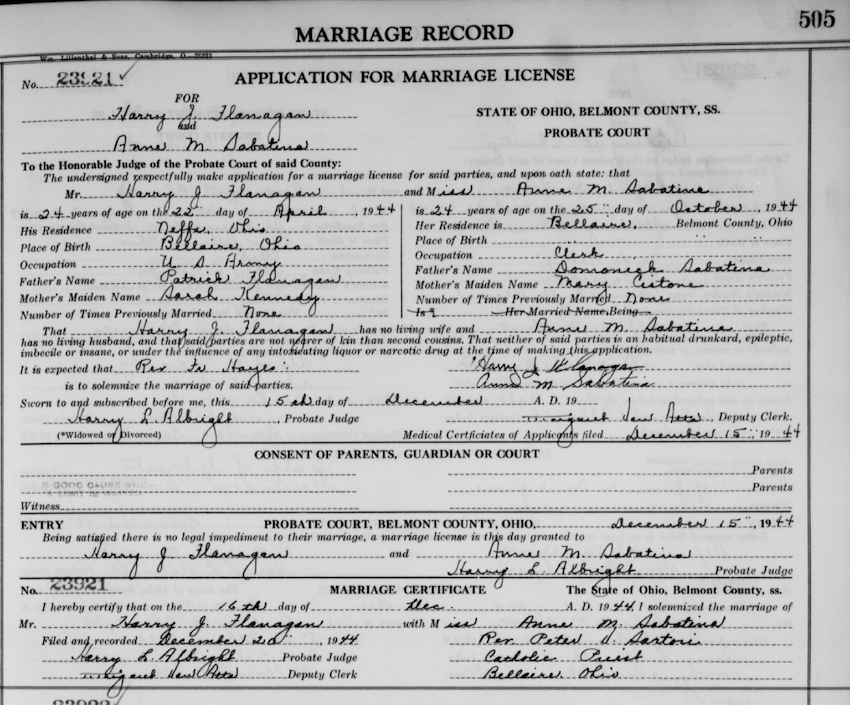


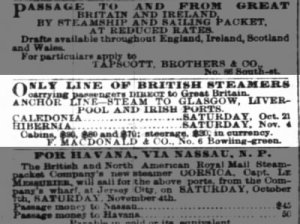

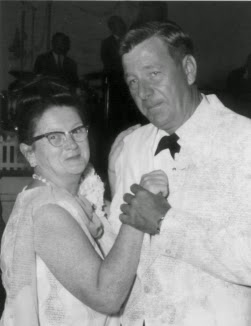
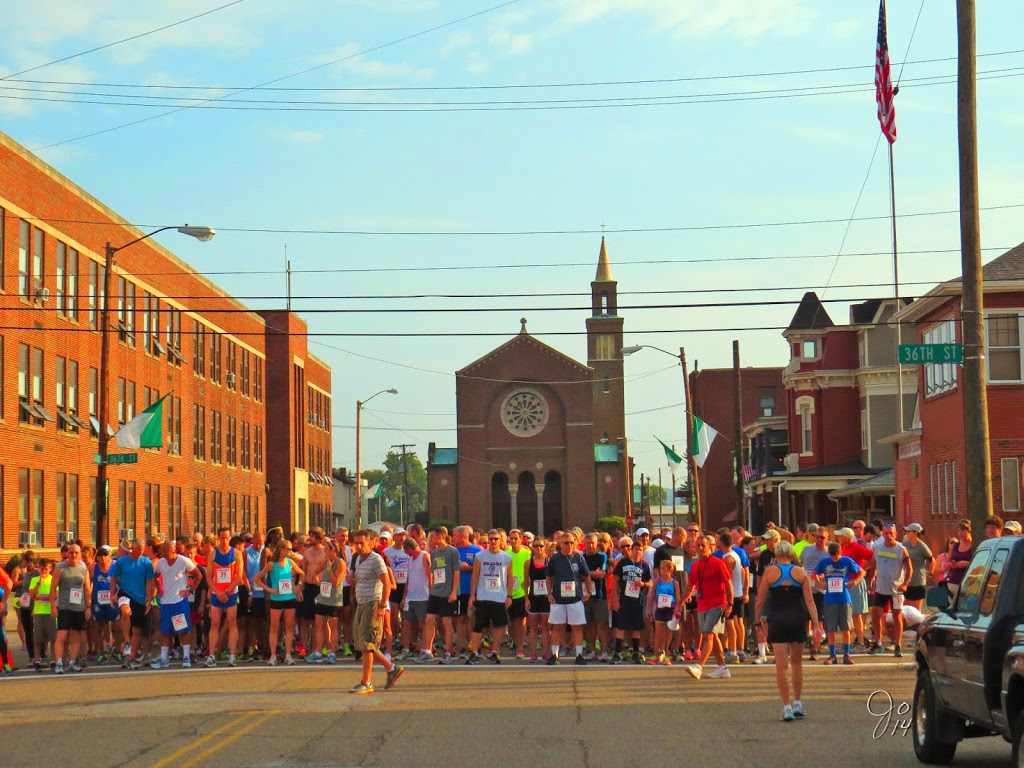
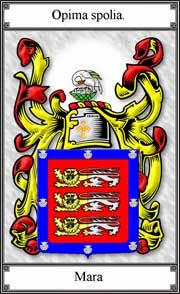
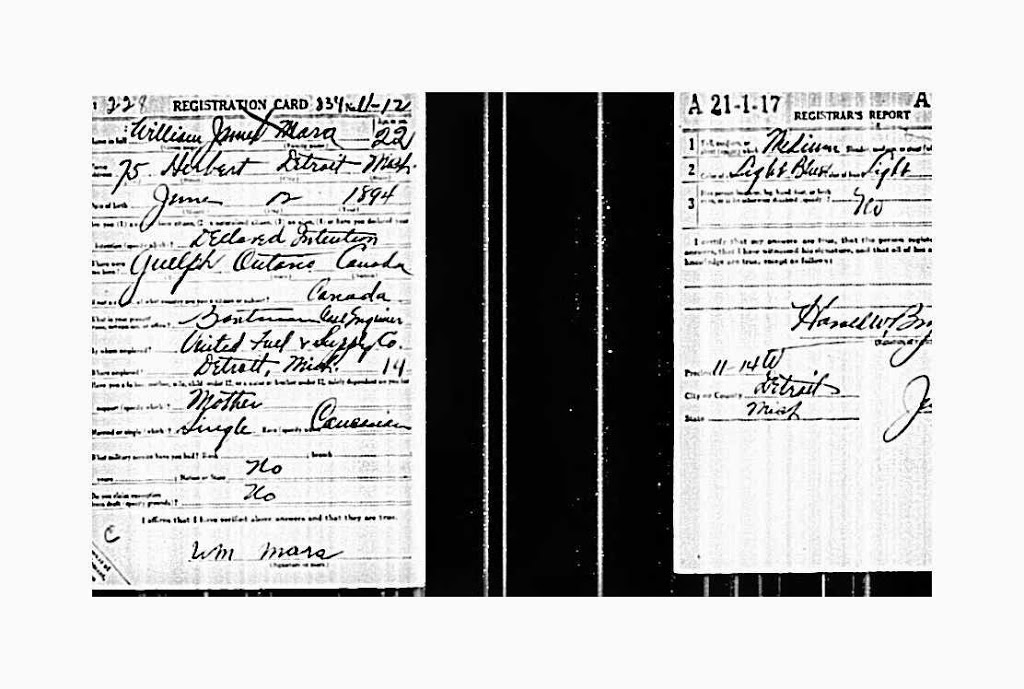
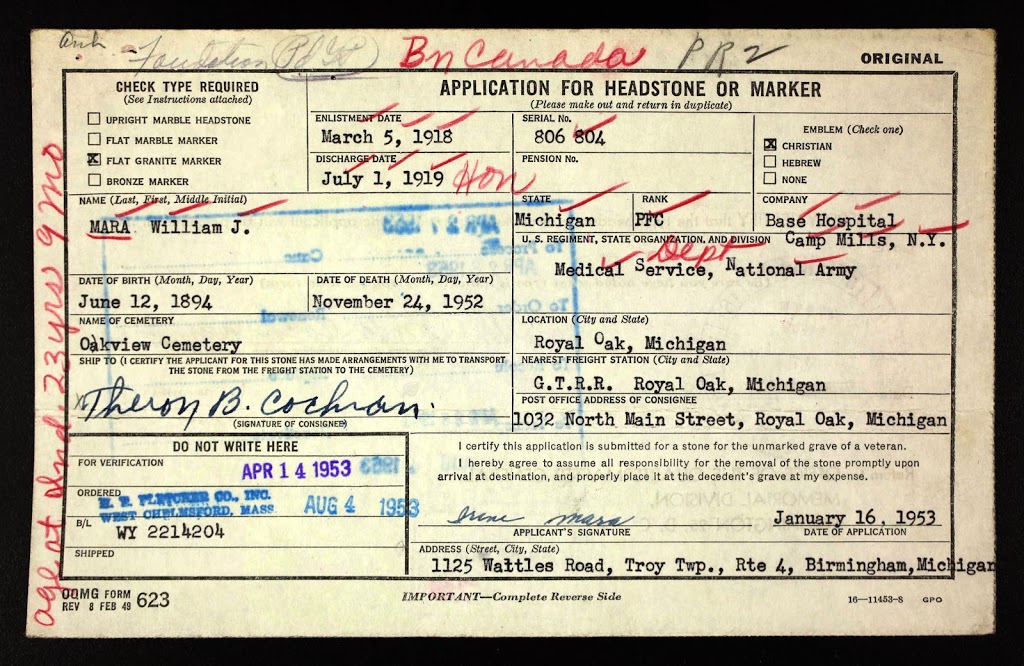
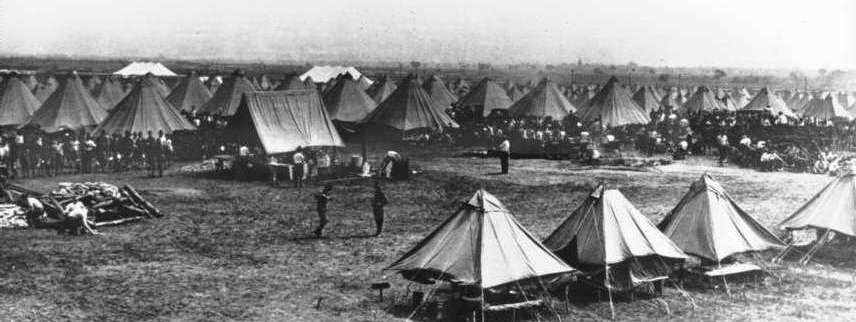
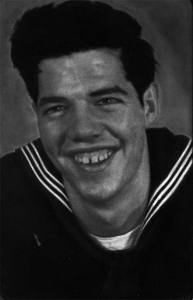
 My 18th entry in Amy Johnson Crow’s “
My 18th entry in Amy Johnson Crow’s “